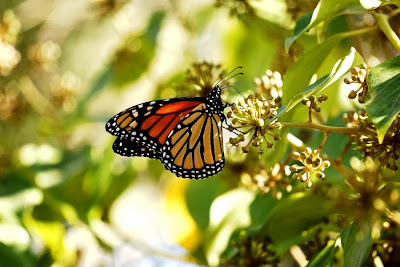 |
| Mosaics, Cathedral Monreale |
I’m just back from two weeks in Sicily, traveling with a
fellow hiker and art lover. It’s a land
of lovely landscapes, great food and friendly people, though for me, half the
pleasure was the chance to hear the Italian language in all its mellifluous splendor,
and to watch the body language that accompanies it. Men and women are equally adept at
choreographing their conversations, and some actually seem incapable of
speaking a word without moving hands and arms.
 |
| Gretchen in Palermo Alley |
Apart from people-watching and listening, there’s so much to
do on this island that’s been colonized for millennia by the Greeks, Romans,
Arabs, Normans, French – and by the Italians, whom Sicilians may consider
‘foreigners.’ (Sicily has its own
Regional Parliament and a certain amount of autonomy from the government in
Rome.)
 |
| Cathedral Viewed from Cloister |
Architecture and artwork reflect this cultural mélange and
we visited minimalist Arab-Norman churches filled with stunning Byzantine
mosaics. Standouts include the Capella
Palatina inside the Norman Palace (Palermo), Monreale Cathedral (near Palermo),
and Cefalù Cathedral.
If Baroque is your thing, Sicily is full of it. A devastating earthquake in 1693 meant that
whole towns and cities were rebuilt in the current fashion. We visited Noto to see some of its most
lavish manifestations, and the Val di Noto in the southeast (Ragusa, Modia and
more) is similarly blessed (or cursed, depending on your taste.)
 |
| Ceramic steps, Caltagirone |
For one week, I arranged a home exchange in Caltagirone, a
shabby-chic (my favorite kind) Baroque town that’s also a World Heritage site
for a ceramics tradition, still alive and well.
A ceramic-tiled 142-step staircase illustrates their 900-year-old
history of the art. The town is crammed with shops selling the latest versions
of traditional designs.
 |
| Ruins, Agrigento |
From Caltagirone we were well-placed for day trips to Greek
and Roman archaeological sites, another lure to Sicily. The Greek amphitheater at Taormina –
renovated by the conquering Roman – gives stunning views of both the Mediterranean
and Mount Etna. The Valley of the Temples
at Agrigento, near the south coast, is perhaps the most impressive site with
three large temples built on a ridge overlooking the sea, and several smaller
ones in various states of disarray. A nearby museum displays room after room of
artifacts from the ruins.
 |
| Greek Amphitheater, Siracusa |
Siracusa has heaps of stone foundations from the largest
Greek city in Sicily, with an enormous amphitheatre holding 15,000 people,
where plays of Aeschylus and other Greek playwrights were premiered (and are still
performed each summer.) Archimedes was a native of Siracusa, killed by invading
Romans, and his alleged tomb is part of the complex.
The quarries that provided the stones to build Siracusa are
adjacent to the theatre and today are filled with a lush garden landscape. Some of the quarried caves are accessible,
including the “Ear of Dionysius” named by Caravaggio who discovered its
fantastic acoustics. Whether he was
referring to the Greek god of wine or the tyrant who imprisoned his enemies
there is not common knowledge.
 |
| Hunt Mosaic, Villa Romana del Casale |
The Villa Romana del Casale, outside the town of Piazza
Armerina, is a jewel of a site, only uncovered in the twentieth century. It’s a
grand villa from the 4th century AD, and while the buildings are
gone, the mosaic floors in dozens of rooms are pristine. Abstract patterns, mythological subjects,
marine scenes, and a 200 foot long Corridor of the Great Hunt are on display.
The Great Hunt tells a wonderful story of hunters searching the entire Roman
Empire, from Africa to India, to bring back exotic animals to Rome. But the
most popular room may be the one uncovered in 1960, showing “Bikini Girls”
engaged in various sporting activities.
 |
| "Bikini Girls" Villa Romana del Casale |
Next week, Part II: Gretchen climbs
volcanoes and braves the highways of Sicily!












